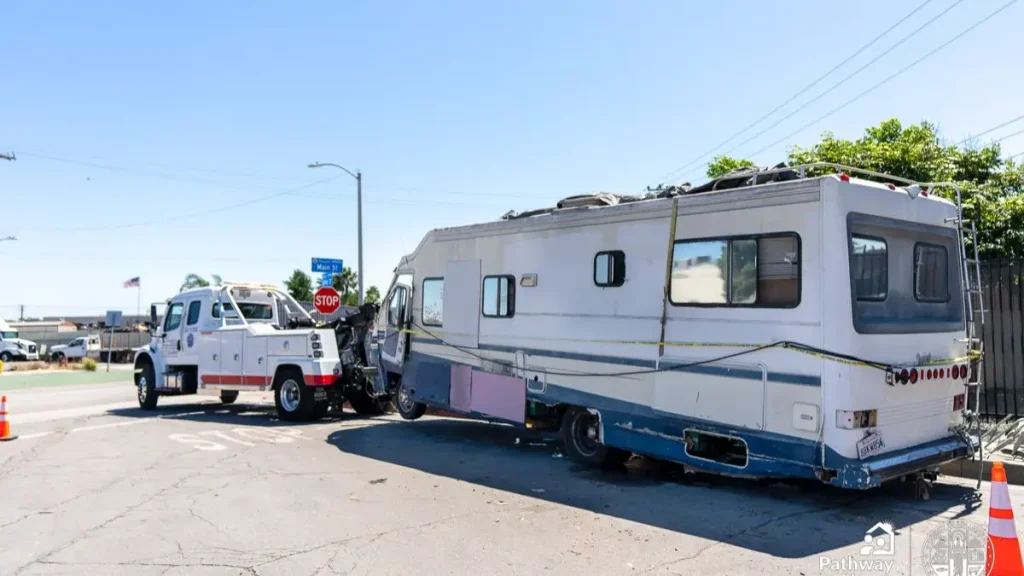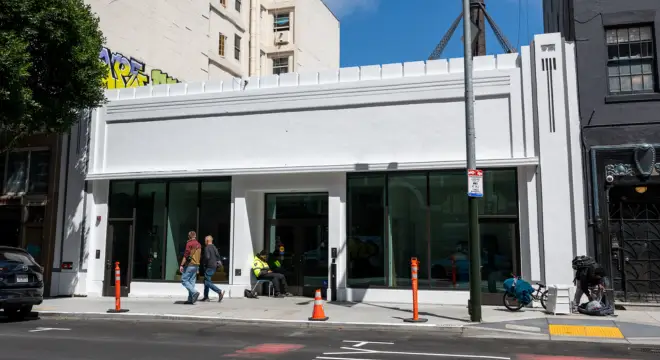Chattanooga House Destroyed After Lightning Strike Sparks Fire
When I first saw the reports coming in about the Hixson house fire on Kamin Road, the detail that stood out wasn’t just the flames—it was what caused them. A single lightning strike, during Wednesday’s afternoon storms, was enough to bring down an entire home just outside Chattanooga.
Fire crews rushed to the scene a little before 4:30 p.m. They found smoke already pouring from the attic of the large house. At first, firefighters went inside for a direct attack, but within minutes the roof began to collapse. Imagine being in that moment—forced to pull back, regroup, and call in reinforcements while knowing a family’s home was falling apart in front of you.
By the time more units arrived, the strategy had shifted. Instead of fighting the blaze from the inside, aerial streams and heavy hose lines were used for hours until the fire was finally under control. The house didn’t survive—but thankfully, everyone inside did. No injuries. No one unaccounted for.
What hits me here is how fast a normal summer storm turned into a life-changing disaster for one family. And it makes me wonder: how prepared are the rest of us when nature shows its power like this.
The Destruction & Community Impact
If you’ve ever driven through Hixson, you know the kind of homes that line Kamin Road—big, family-centered, full of memories. That’s what makes this fire sting even more. According to WSMV News, the roof failed so badly that crews had no choice but to pull out and go defensive. Hours of firefighting later, the house was simply gone.
Think about what that means for the people who lived there. It’s not just about bricks and wood—it’s about photos that can’t be replaced, the couch where you probably watched your kid’s first steps, the kitchen table where holidays were celebrated. In one evening storm, it was all erased.
And beyond that family, you and I both know neighbors feel it too. Watching smoke rise above your street isn’t just sad—it’s a reminder that the same thing could happen to any of us, without warning.
And while lightning is a danger, it’s not the only fire threat. Just recently in Austin, one person was killed and another critically injured in a devastating house fire. Each incident adds to the urgency of being prepared before tragedy strikes.
What People Are Saying Around Town?
One thing I always look at after a disaster like this is how the community reacts. And sure enough, when the Chattanooga Fire Department posted about the blaze on Facebook, comments started rolling in almost immediately.
People shared prayers, shock, and even their own experiences of how lightning once hit near their homes.
That’s the power of community—you don’t just scroll past a post like that, you pause. You think, “Wow, this could’ve been me.” And when you see dozens of locals rallying in support, it reminds you that no matter how big the loss, nobody faces it alone.
Lightning and House Fires — How It Really Happens
Here’s something I’ve learned over the years: lightning isn’t just a flash in the sky. When it strikes, it carries enough heat to split trees, melt wiring, and set roofs ablaze in seconds. Most people don’t realize that the attic—where so much wood and insulation sits—is one of the easiest places for a fire to catch.
According to FEMA, lightning is responsible for over 22,000 fires in the U.S. every year. That’s not some rare freak accident—it’s a very real risk. And if you live in Chattanooga, where summer storms roll through all the time, the chances are higher than you might want to admit.
So the next time thunder rattles your windows, don’t just shrug it off. Ask yourself: Is my home actually protected if lightning hits?
Electrical sparks and structural weaknesses are often to blame. In Urbana, two mobile homes burned down after a sudden fire, reminding us how fragile these structures can be when flames take hold
Inside the Firefight — What Crews Were Up Against

I’ve spoken to firefighters before, and they’ll tell you—nothing makes your heart sink like hearing “the roof is coming down.” That’s exactly what happened on Kamin Road. Crews had to back out not once, but twice, as the structure started to collapse.
Think about the courage it takes. You’re trained to rush in, to save what you can, but in seconds you have to switch gears, pull back, and fight the fire from a safer distance. That’s why they brought in reinforcements and used aerial master streams—those massive water cannons you see blasting from above.
For hours, firefighters worked in shifts, battling heat, smoke, and exhaustion. And while the house was lost, the win here is that no one—resident or responder—was hurt. That’s a detail I don’t take lightly.
Sadly, this isn’t the first time we’ve seen entire homes reduced to rubble by sudden disasters. In San Antonio, two homes were destroyed after fire spread quickly through a neighborhood, leaving families in shock just like here in Chattanooga.
Safety Lessons for Homeowners During Storms
Here’s the part that matters most for you and me. A lightning strike isn’t something you can stop—but you can prepare for it.
If a storm is rolling in, first thing: unplug sensitive electronics. Surge protectors help, but they’re not foolproof. If lightning does hit nearby, those wires can carry a deadly jolt straight into your home.
Second, think long-term. A lightning rod system might not sound exciting, but it’s one of the cheapest ways to protect your biggest investment—your house. Proper grounding can mean the difference between a scare and a disaster.
And if lightning ever does strike your home? Don’t play hero. Get out, call 911, and wait for professionals. Even if the fire isn’t visible, smoldering wires in your attic can turn deadly hours later.
For real-time storm alerts and quick fire safety updates, many locals in Chattanooga follow dedicated WhatsApp channels. It’s a simple way to stay one step ahead when the weather turns dangerous.
The Bigger Picture — Lightning Risks in Chattanooga
Living in Chattanooga, you already know summer storms aren’t gentle. They roll in fast, full of thunder, lightning, and flash floods. But here’s what most people forget: this area sits in one of the more lightning-prone regions in the Southeast.
That means what happened on Kamin Road isn’t a one-off headline—it’s a preview. If storms are getting stronger year after year, then lightning-related fires are a risk we’ll keep seeing.
The Chattanooga Fire Department is prepared, sure, but think about how stretched resources can get when multiple calls come in during the same storm.
The real takeaway here is simple: the city can respond, but it’s up to homeowners like you and me to reduce the chances of becoming the next headline.
Have you ever seen lightning hit close to home or dealt with storm damage yourself? I’d love to hear your story in the comments below.
Final Thoughts
This Kamin Road fire shows us two things at once: nature’s power and human resilience. A family lost their home, but they walked away alive. Fire crews faced collapsing walls, but everyone made it home safe.
The question now isn’t “What happened?”—you already know that. The real question is: what would you do if lightning hit your house tomorrow?
Take this story as a wake-up call. Talk with your family, check your safety plan, and if you don’t have one—make one tonight. Storms don’t wait for us to be ready.
If you’re interested in reading more real stories of fire incidents and safety takeaways, you can check out our Disaster & Recovery coverage for deeper insights.
Disclaimer: This article is based on publicly available reports and community updates. It is intended for informational purposes only and should not replace official safety guidance. For emergencies or fire safety concerns, always contact your local authorities.


